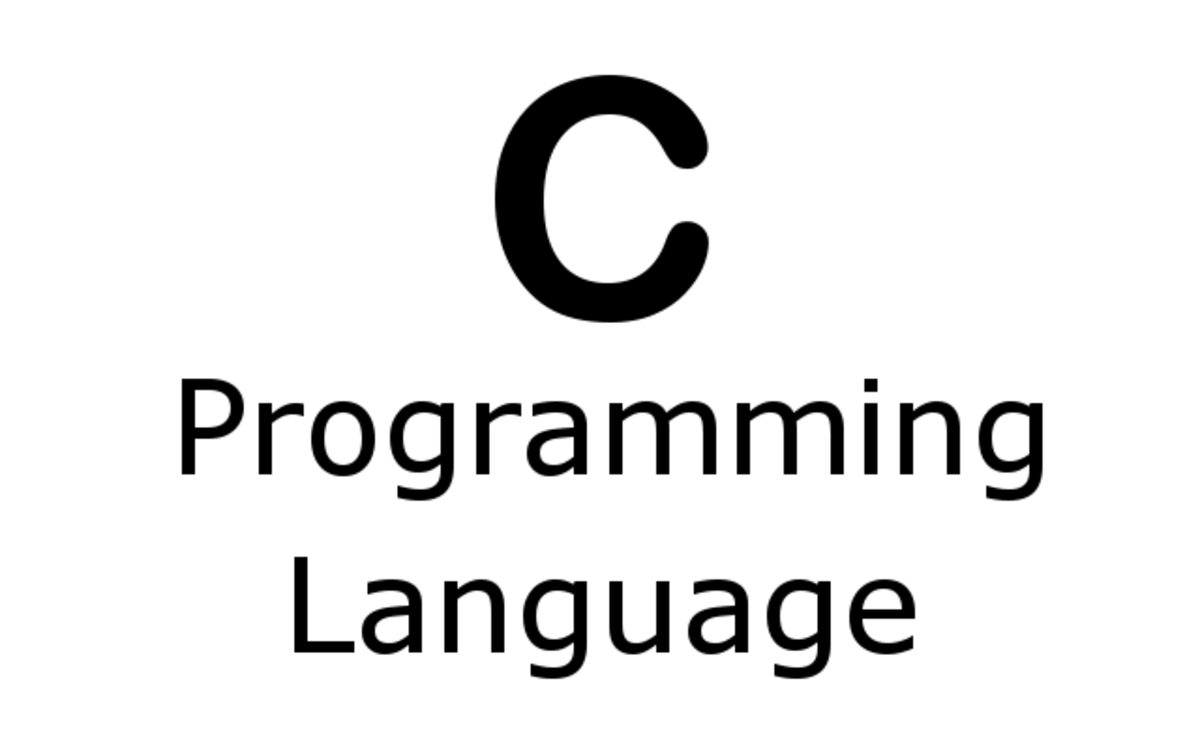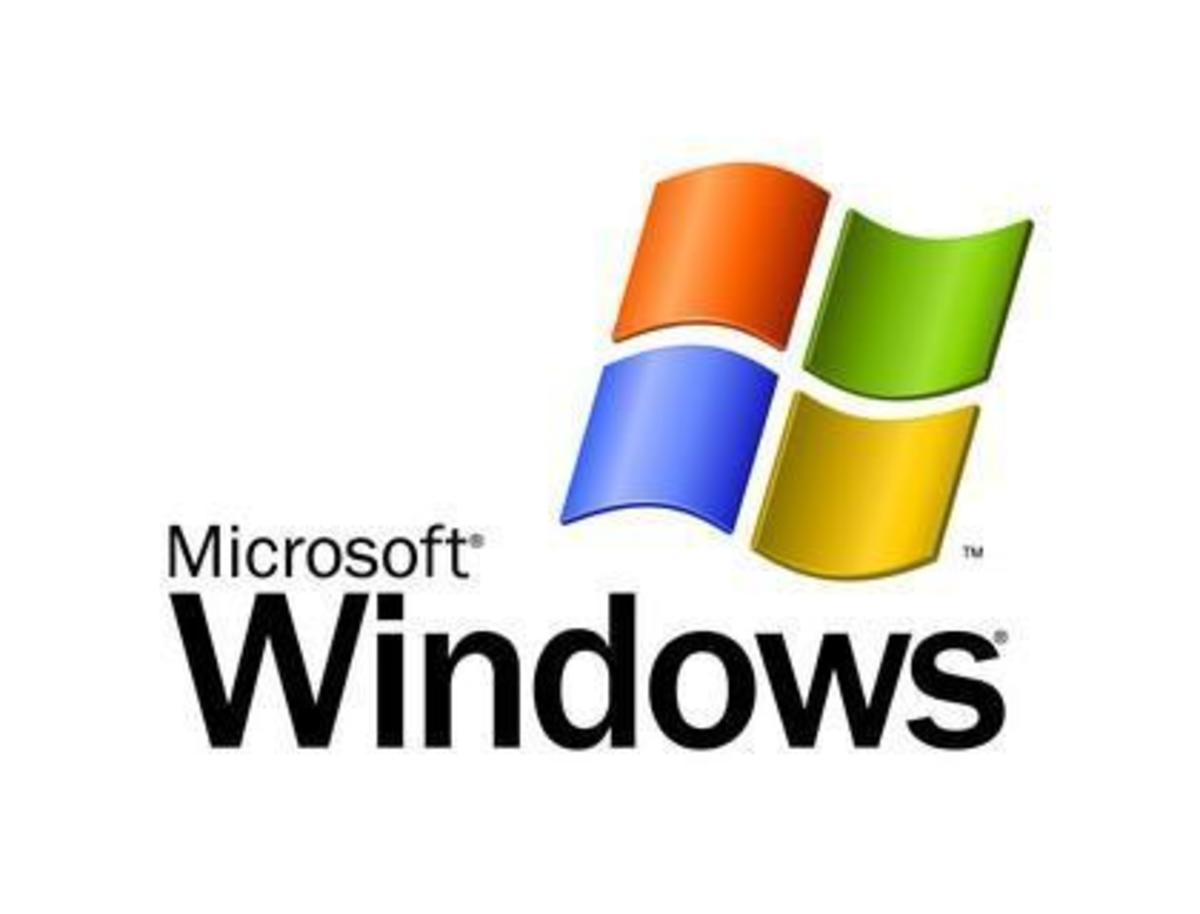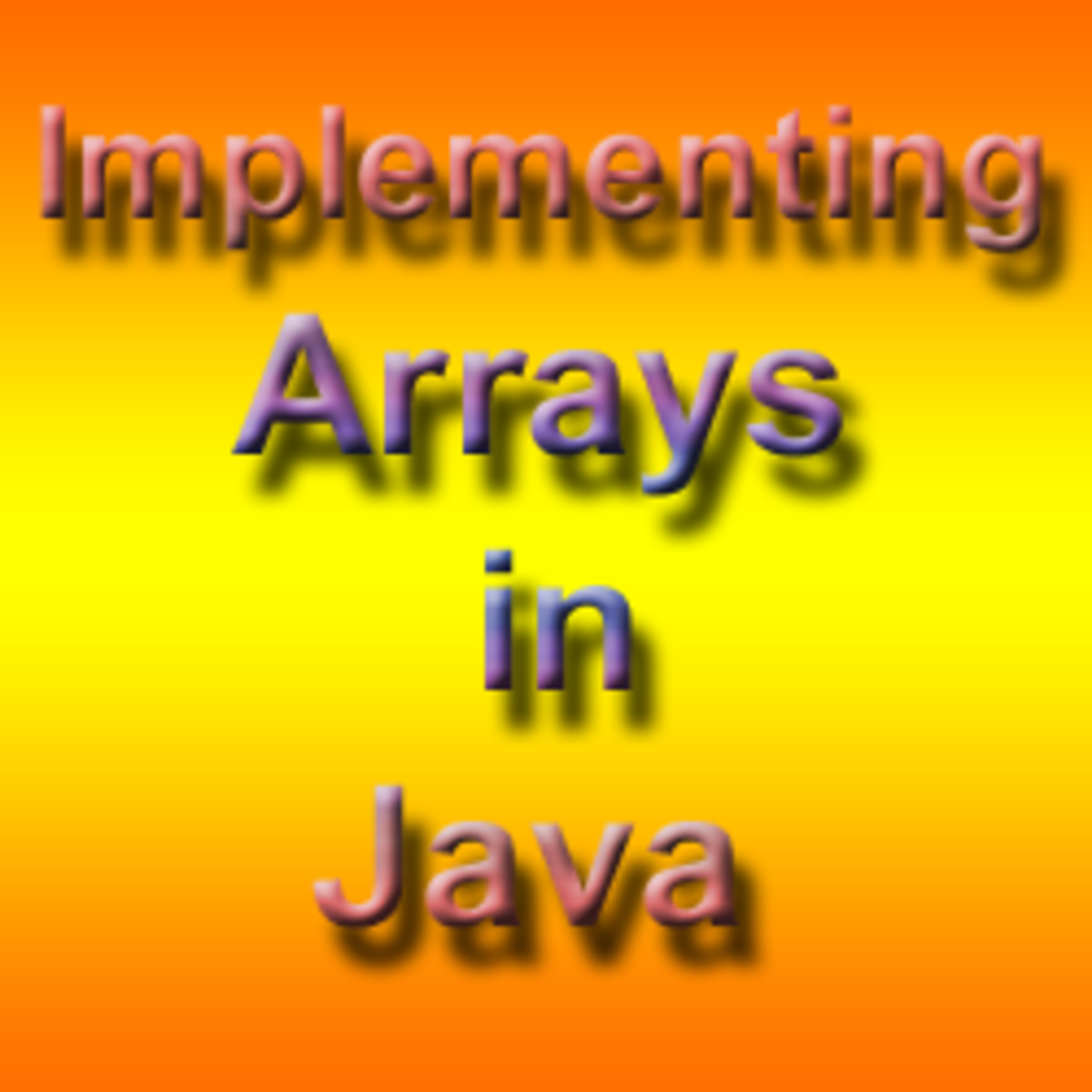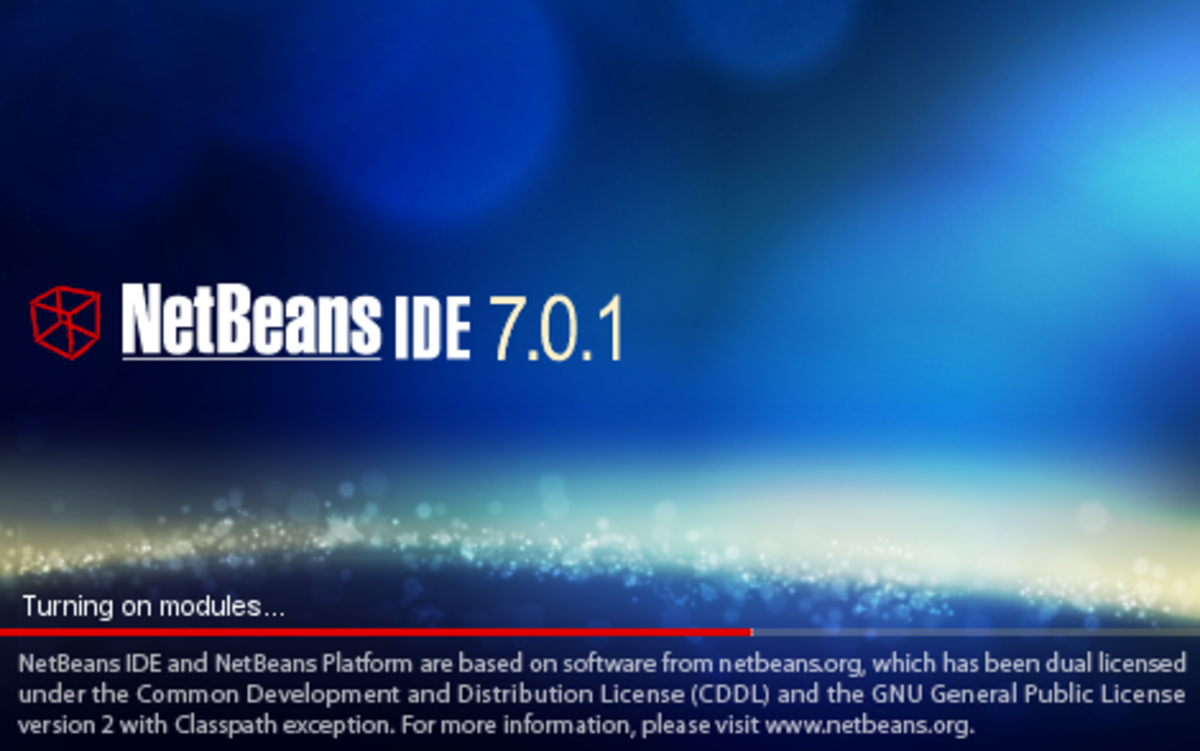Basic Programming Patterns - Think Like a Programmer

Technology is soo present in our everyday lives, and so much of it is managed or driven by programs. Many famous entrepreneurs have started successful businesses based on new demands in technology and often times, you don't need any special resources to start, just your brain, a computer, lots of effort and dedication, a good idea, that's it. Or maybe, you just want to learn some basic coding, enough to have a smaller side project come to life, or simply to feel more competent when listening or talking to people about technology. Whatever the reason that sparked the interest, the fact is that coding is slowly but surely becoming an aspect of literacy of the modern world and a competency that almost everybody appreciates.
A Program is a Sequence of Instructions
A program basically tells the computer how to react to a certain event, a user input, how to solve a certain type of problem or how to organize data. Although there are different kinds of programs, most of them are either considered to be Procedural(Sequential) or Object Oriented. In the past, there was no Object Oriented programming and all the programs were executed by the computer line by line of code, in a sequence. The great thing is that computers are completing the instructions extremely fast and they can process big quantities of data very quickly. A beginner programmer should try an exercise where he is a executing a short and simple piece of code by hand, line by line so that the logical flow of executing instructions becomes more obvious.
So, just to have some initial idea of how programs are executed, you can imagine how the computer is having a list of tasks and it's going trough this list, completing each one before continuing to the next. In reality, execution of programs can get a little more complex than this, but this is a sufficient idea to start with.
Variables
The way to manipulate with data in ever increasingly complex ways demands that programs remember and name chunks of data in an accessible and efficient way. This is done by using variables. You can think of variables as containers that can hold data and have a recognizable name. Similar to the way some containers in the kitchen are labeled(e.g. salt, paper, flour...), variables have names that indicate the expected data that will be stored in that container.
var name = " John Smith" ;
var age = 34;
var speaks_english = true;
The example above is a JavaScript code that is declaring and initializing 3 variables. You can see that there are different types of data that can be stored in a variable and probably by now you are guessing why they are called 'variables', the contained data is subject to change and in a way, variables are some of the basic building blocks of computing and writing computer programs.
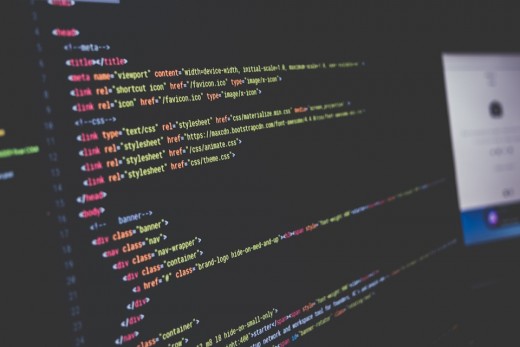
Logical If Test
Computer programs very often work with a logical type of data which has true or false value. This type of data can be very useful when trying to make a decision. For example, when we want to take a walk and hesitate if we should take an umbrella with us, we look at the weather - "Is it raining outside?". This kind of question can be answered with true or false and this is a very common pattern that is used when writing a computer program. Another way of saying the same thing is we are checking for a condition. This kind of conditional logic makes possible for decisions to be made during runtime based on user input and as result, a different feedback will be given back to the user.
if(rain) {
takeUmbrela();
}else {
leaveUmbrelaAtHome();
}
In the example code above an "if test" is used to evaluate the variable "rain". If rain equals "TRUE" than a function "takeUmbrela()" is evoked, otherwise if "rain" equals "FALSE" a different block of code is executed and the function "leaveUmbrelaAtHome()" will be executed instead.
Code Loops
If you want your program to execute the same operation a 100 or 10 000 times, what do you do?! One way to solve the problem is to write the same line of code over and over again or to copy-paste it several thousand times, but that is the bad way to solve this problem. All programming languages have predetermined functions called "loops" that will do repetitive instructions for you theoretically infinite amount of times. You can use a "FOR" loop, to execute a block of code a predetermined number of times, or you can use a "WHILE" loop to execute the same code over and over again, as long as the condition is evaluated as 'true'.
Final Thoughts
This article was aimed at the basics behind every programming language, the patterns, and problem-solving skills necessary for deep understanding and a firm base for further learning. This is also often times referred to as Programming Algorithms or Flowcharts written with pseudo code or visual symbols. For more experienced programmers it is again useful to refine their understanding and always search for more efficient ways to solve old problems.

